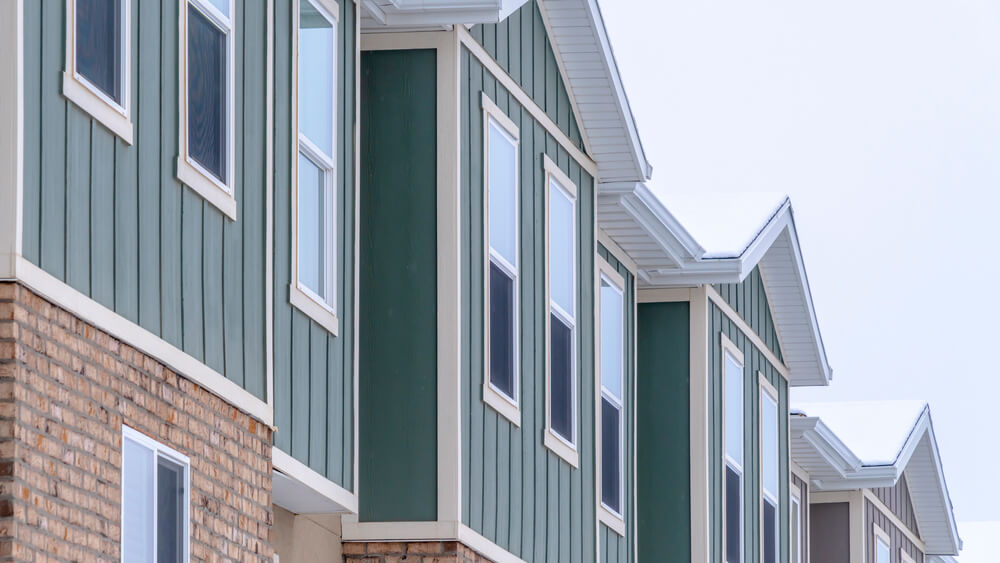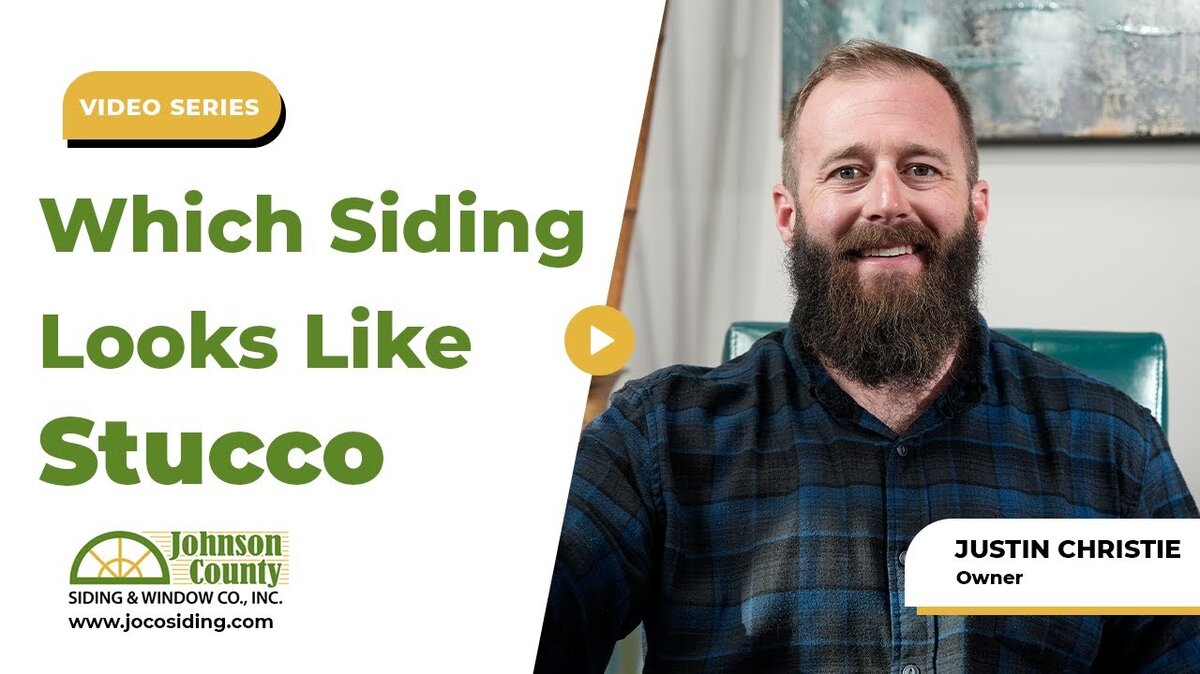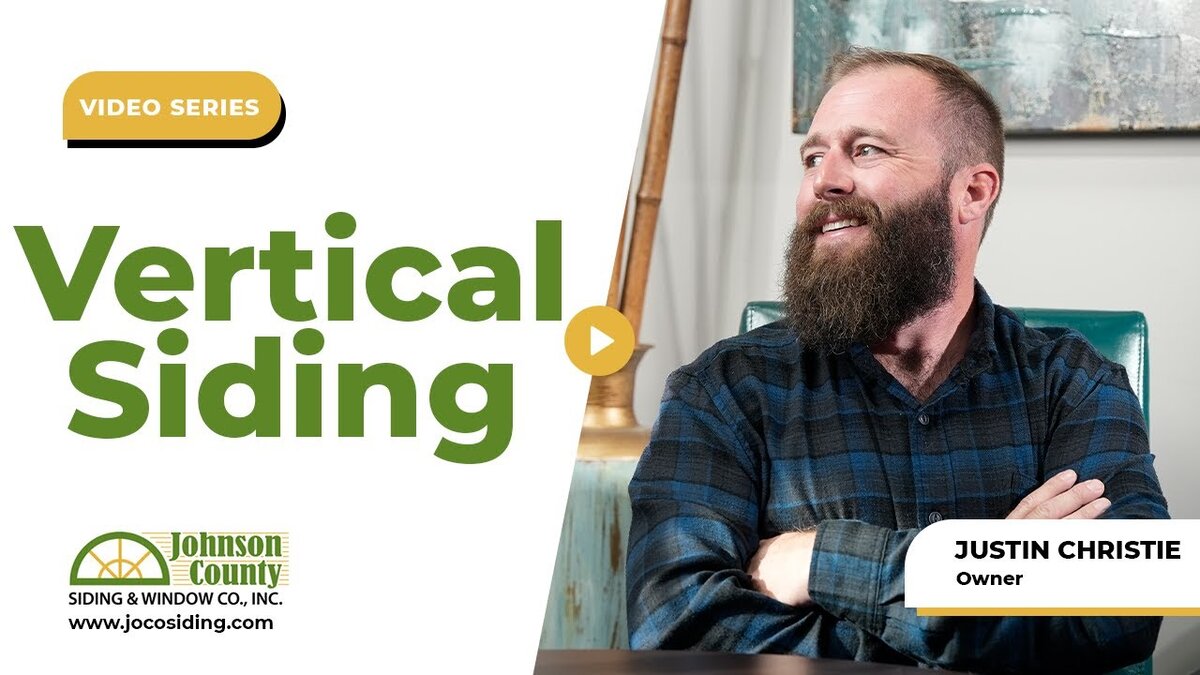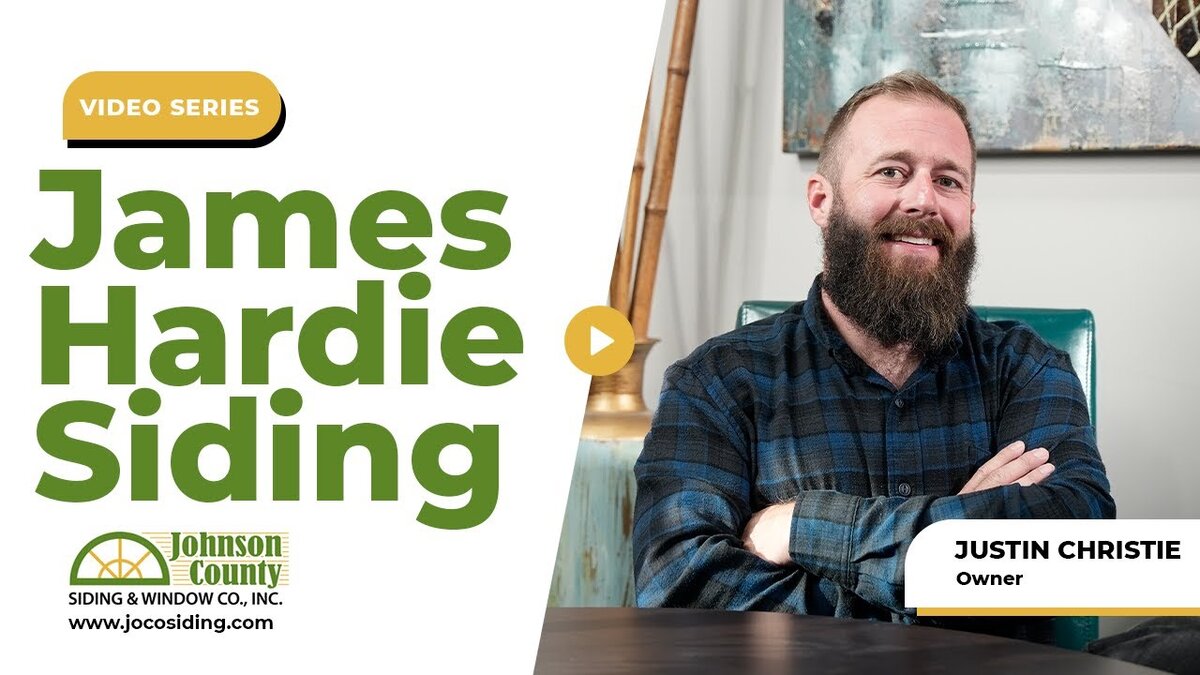When you think about upgrading the exterior of your home, one of the most important decisions you’ll face is choosing between horizontal vs. vertical siding. This choice affects not only the appearance of your home but also the long-term maintenance and cost of the project. Siding is a significant investment, and selecting the right style for your home can improve curb appeal and even increase its value. So, how do you decide which siding option is best for you? In this guide, we’ll break down the key considerations for both horizontal and vertical siding, helping you make an informed decision.
Maintenance: A Key Factor in Siding Choice
One of the most important aspects to consider when choosing between horizontal vs. vertical siding is maintenance. Each style comes with its own set of upkeep requirements.
Horizontal Siding: Easier Upkeep
Horizontal siding, which is the more traditional choice, tends to have fewer maintenance needs compared to vertical siding. This is especially true with products like James Hardie siding, where we can use a technique called blind nailing. With blind nailing, we place nails at the top of the siding panels, which allows the upper panel to overlap and cover the nails. This method reduces the need for caulking and sealant to prevent moisture issues.
Moisture management is crucial because water is the number one enemy of siding, no matter the material. The blind nailing technique used in horizontal siding minimizes the chance for water infiltration, allowing gravity to guide water down and away from your home. Less reliance on caulking means fewer repairs and less frequent maintenance.
Vertical Siding: More Maintenance Required
On the other hand, vertical siding requires more caulking and sealing. The nails used to fasten the siding are exposed, which means caulking is needed to keep water out. Over time, caulking can break down and will need to be replaced, resulting in more frequent maintenance.
For homeowners who prefer a lower-maintenance option, horizontal siding typically wins in this category due to its moisture management and installation techniques.
Installation and Cost Considerations
The cost of installing siding is another critical factor that can influence your decision. While both options have unique installation processes, there are some notable differences between the two.
Horizontal Siding: Efficient Installation
Horizontal siding is generally more cost-effective to install. One reason is that it allows for more efficient use of materials. When measuring for horizontal siding, we can often make cuts that are reusable on different areas of the house. This reduces material waste and keeps costs down. Additionally, horizontal siding measures the home to its truest size, giving a more accurate estimate of the total project cost.
Vertical Siding: More Material Waste
Vertical siding, on the other hand, can result in more material waste. Because the panels run up and down, they often require more precise cuts that can’t always be used elsewhere on the house. This waste drives up the overall cost of the project. Vertical siding also requires more nails and caulking, which can add to both material and labor expenses.
When considering your budget, horizontal siding often proves to be the more economical choice.
Durability and Appearance
Horizontal Siding: Classic Look, Proven Durability
Horizontal siding offers a classic, timeless look that many homeowners love. It’s also a durable option, especially with modern materials like fiber cement or vinyl. These materials, combined with effective moisture management, make horizontal siding a long-lasting solution.
Vertical Siding: Modern Appeal, But Less Common
Vertical siding, while less common, can provide a more modern or distinctive appearance. However, it’s important to consider that this option is not as popular in many areas, such as Kansas City, where homeowners tend to prefer the traditional look of horizontal siding. If you’re looking to stand out with a unique exterior, vertical siding might be the right choice for you—but be prepared for the extra maintenance and higher costs that come with it.
Which Siding Is Right for Your Home?
So, how do you choose between horizontal and vertical siding? It ultimately depends on your priorities:
- Maintenance: If you’re looking for a low-maintenance option, horizontal siding is generally the better choice due to the blind nailing technique that reduces the need for caulking and repairs.
- Cost: Horizontal siding tends to be more budget-friendly because it results in less material waste and offers a more efficient installation process.
- Aesthetic: If you’re aiming for a modern, standout appearance, vertical siding might be more appealing. However, if you prefer a classic, timeless look, horizontal siding will likely suit your taste better.
- Durability: Both options can be durable, but horizontal siding has the advantage of better moisture management, which can prolong its lifespan.
In Summary
Choosing between horizontal vs. vertical siding comes down to your personal preferences, budget, and willingness to maintain the siding over time. For many homeowners, the combination of low maintenance, cost-effectiveness, and classic appeal makes horizontal siding the preferred option. However, if you’re looking for something unique and modern, vertical siding could be a good fit—just be prepared for the additional maintenance and cost that comes with it.
If you’re still unsure which siding is best for your home, contact us today for expert advice and a detailed quote. Our team can help you make the best decision to enhance the beauty and value of your home.


















